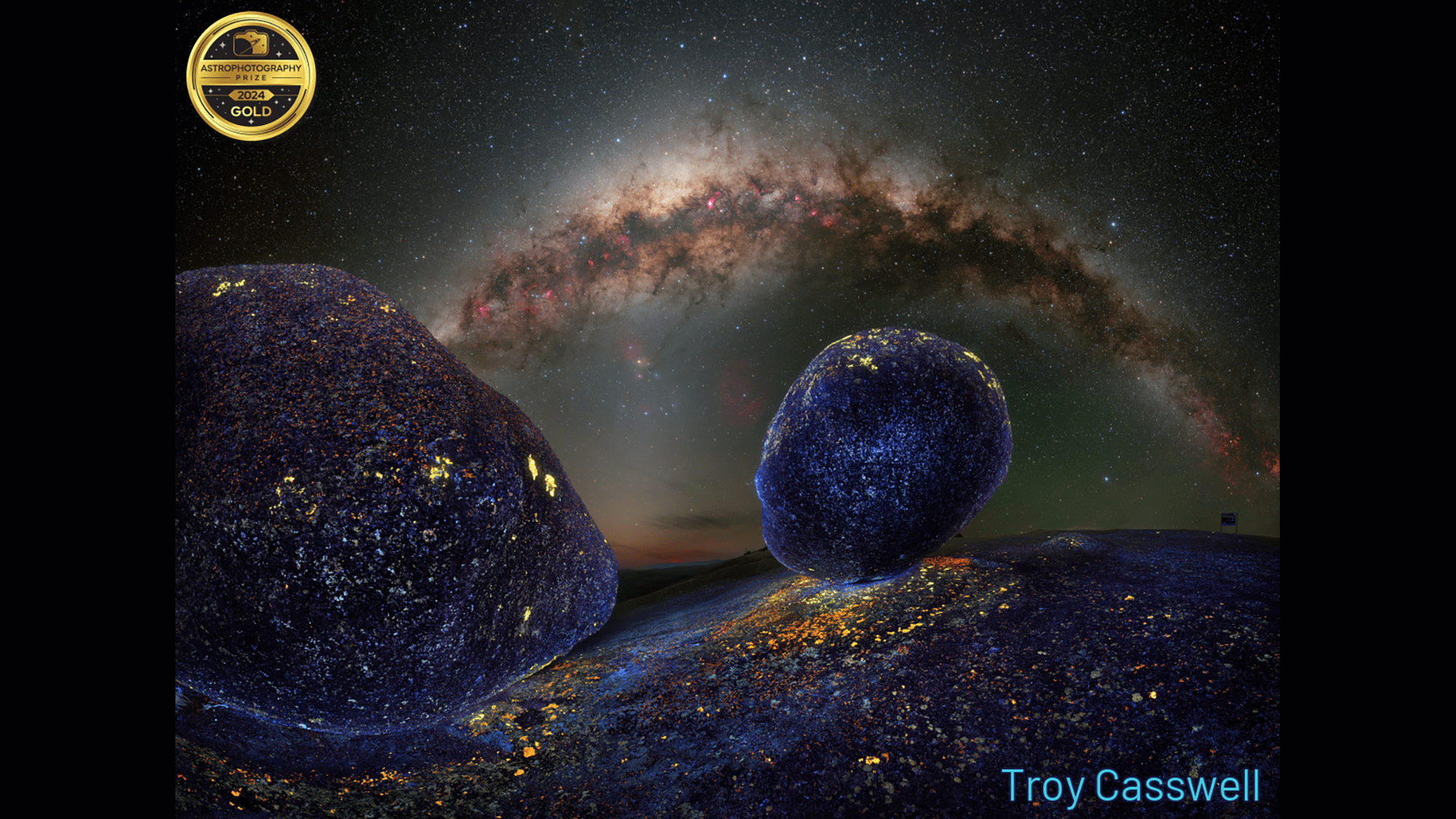Gadgets
12 breathtaking images from the 2024 Astrophotography Prize Photographer of the Year awards

The universe is described with adjectives like striking, vibrant, and dazzling. The images from this year’s Astrophotography Prize Photographer of the Year awards showcase this infinite beauty.
Phil Hart, an Australian photographer, won the top honors for his incredible image of the 2023 solar eclipse over Exmouth, Western Australia. His high-resolution image of the solar corona is one of the most detailed ever captured.
Judge Dr. Tanya Hill praised Hart’s image for its technique, creativity, and dedication, showcasing both lunar details and solar corona streams.
Category Winners:
Solar System
Hart’s detailed image of the solar eclipse over Exmouth earned first place in this category, showcasing his mastery in capturing the solar corona.

Rhemann’s shot from Namibia highlighted the dynamic beauty of the comet’s tail as it journeyed through space.

Hart’s close-up of the eclipse over Exmouth was created using multiple telescopes, video frames, and RAW exposures, demonstrating his dedication to capturing the event in incredible detail.
Deep Space

Sainty’s striking image of this rarely photographed supernova remnant, with its dense Hα and OIII filaments and dust clouds, won him first place in the Deep Space category.

Sainty’s second recognized image, a wide-field mosaic capturing emission, reflection, and dark nebulae, impressed the judges with its contrast of cosmic structures.

Morefield’s image of NGC 3981 reveals a galaxy seemingly unraveling, with its spiral arms trailing behind as its structure dissipates.
Astro Landscape

Chay’s magical shot of the Milky Way over a volcanic snowfield won for its perfect harmony between earth and sky.

Casswell’s innovative use of UV light brought out the rock formations and Milky Way in an impressive blend of technique and creativity.

Hudson’s panoramic composition captured the beauty of an aurora triggered by a solar flare, merging landscape and night sky into a stunning image.
Remote Imaging

At just 16 years old, Shapiro’s remote imaging uncovered a newly discovered cosmic feature, showcasing emissions from the Wolf-Rayet star WR134 in breathtaking detail.

Carpenter’s precise image of the Cocoon Nebula’s comet-like tail, set against a backdrop of hydrogen alpha, secured him second place in this category.

Walter’s image of NGC 3521, a flocculent spiral galaxy, impressed the judges with its soft, woolly appearance.
Please rewrite this sentence. Please rewrite this sentence.
-

 Destination8 months ago
Destination8 months agoSingapore Airlines CEO set to join board of Air India, BA News, BA
-

 Breaking News10 months ago
Breaking News10 months agoCroatia to reintroduce compulsory military draft as regional tensions soar
-

 Gadgets3 months ago
Gadgets3 months agoSupernatural Season 16 Revival News, Cast, Plot and Release Date
-

 Tech News12 months ago
Tech News12 months agoBangladeshi police agents accused of selling citizens’ personal information on Telegram
-

 Productivity11 months ago
Productivity11 months agoHow Your Contact Center Can Become A Customer Engagement Center
-

 Gadgets3 weeks ago
Gadgets3 weeks agoFallout Season 2 Potential Release Date, Cast, Plot and News
-

 Breaking News10 months ago
Breaking News10 months agoBangladesh crisis: Refaat Ahmed sworn in as Bangladesh’s new chief justice
-

 Toys12 months ago
Toys12 months ago15 of the Best Trike & Tricycles Mums Recommend























